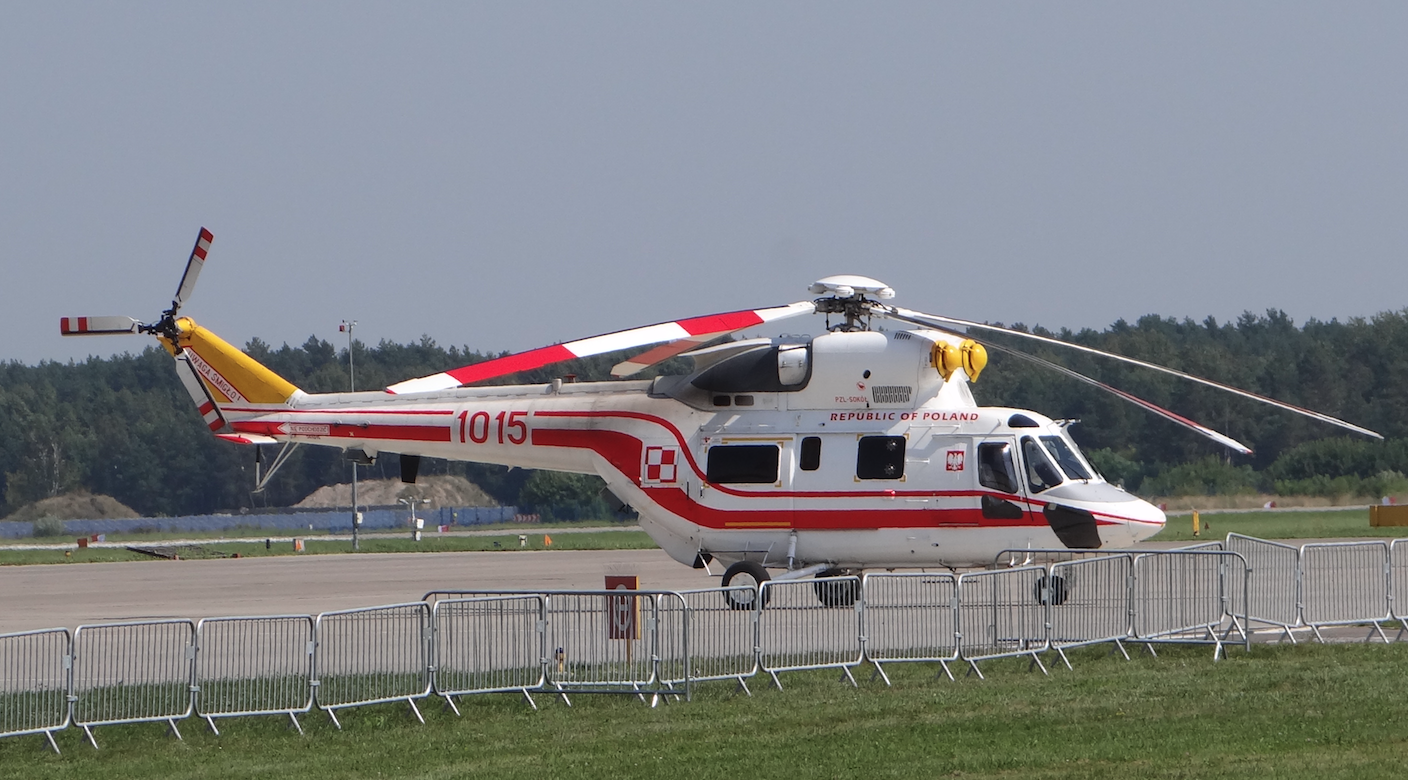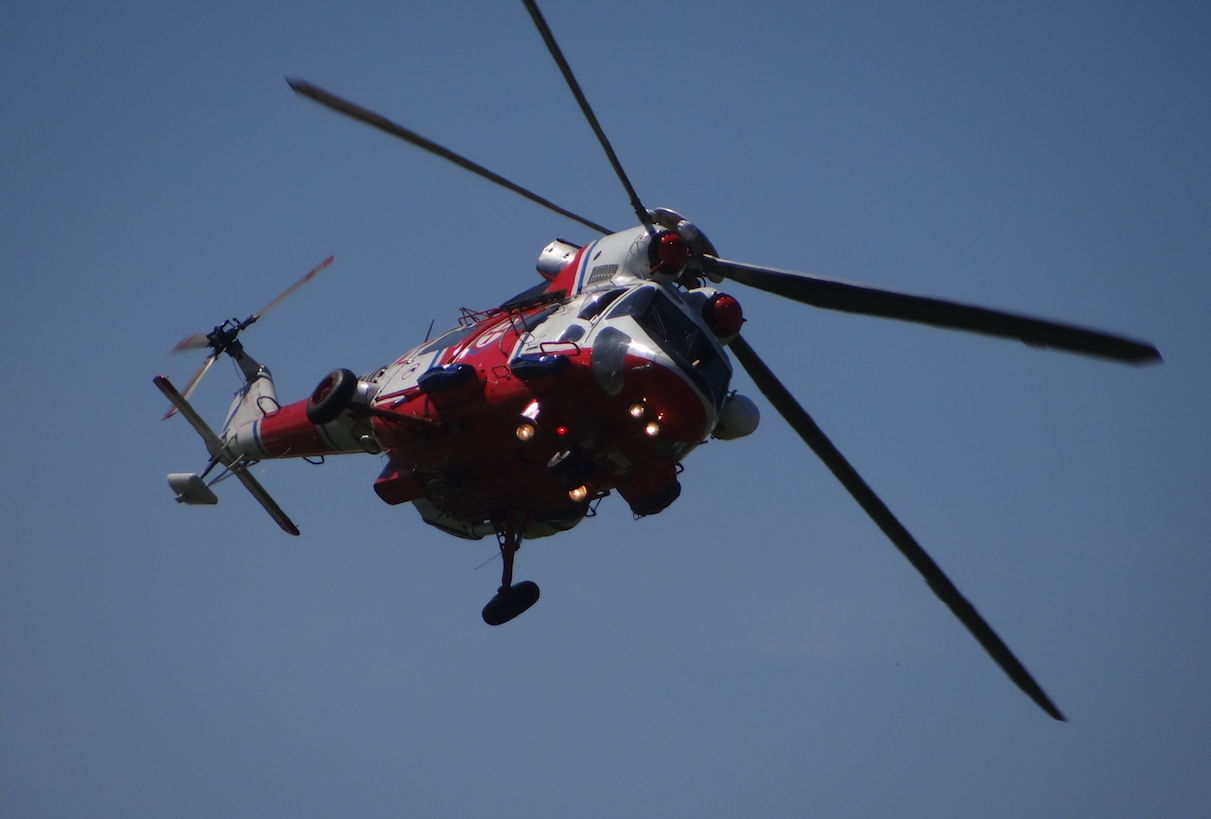Kraków 2017-12-19
History
249a Section 16.11.1979 year. PZL WSK Świdnik PZL W-3 „Sokół”


PZL-Sokół.
Work on the new W-3 Sokół helicopter, designated "600", officially began in May 1974. At the head of the team, after M.Sc. Eng. Zbyszko Kodłubaj, stood mgr. Eng. Stanisław Kamiński, who was called the "father" of Sokol. Finally, the helicopter designation was officially adopted - W-3. In the press, the helicopter was commonly referred to as PZL-Sokół.
Representatives of the communist government in Poland could not imagine working on a helicopter without consulting specialists from CCCP, especially with Eng. Marat Tyszczenka. Eng. Marat Tyszczenka became the director of the design office named Mil in 1970, after the death of Michał Mil (1909-1970). Polish engineers have traveled to Moscow many times. There, the basic design assumptions of PZL-Sokół were analyzed. This procedure is justified in so far as a significant part of future production was to go to the CCCP. In the fall of 1975, the preliminary design phase of the PZL-Sokół helicopter was completed.
At the PZL Communication Equipment Research and Development Center in Świdnik, a model of the PZL-Sokół helicopter was made. A few months later, in 1976, the so-called mock-up commission met. It consisted of about 50 specialists from various fields. In general, the commission approved the concept and construction of the helicopter. Relatively few elements were reported that needed to be changed or improved. They were included in the workshop documentation of the prototypes. At the same time, helicopter components were prepared for static and fatigue tests.
It made his first PZL W-3 flight on November 16, 1979.
Construction PZL-Sokół.
The size of the loading cabin, which was to fit 12 people, was important. Final dimensions; length 3.20 (3.70) m, width 1.56 (1.60) m, height 1.40 m. Access to the cargo cabin is provided by sliding doors on the starboard side (slightly rear) and port side (slightly ahead) ). The dimensions of the door on the starboard side are 1.25 m x 1.20 m. A crane (winch) is provided in the cargo cabin. The sanitary version provided for the transport of four patients on a stretcher and two medical staff. The cockpit is separated from the passenger compartment by the equipment cabinets, but there is a passage between both cabins. At the back of the fuselage, there are other helicopter equipment compartments and a trunk. The hull is largely joined by welding, which has replaced the common riveting. However, riveting could not be completely eliminated.
The horizontal stabilizer is movable. It is coupled kinematic with the control of the general pitch of the main rotor, which improves the stability and longitudinal control of the helicopter.
Three-support chassis. Front with two wheels on a common axle, dimensions 400 x 150 mm. Main chassis with single wheels, dimensions 500 x 250 mm. The possibility of easy mounting of floats or skis was envisaged.
Written by Karol Placha Hetman
